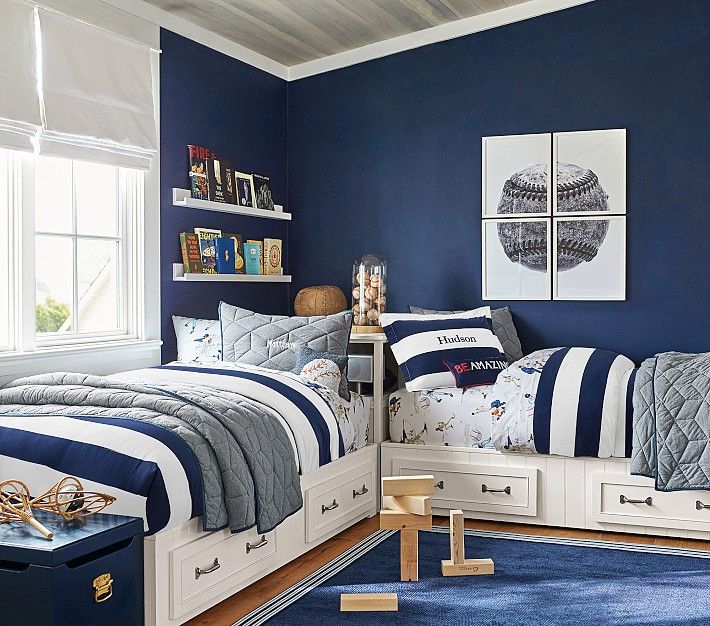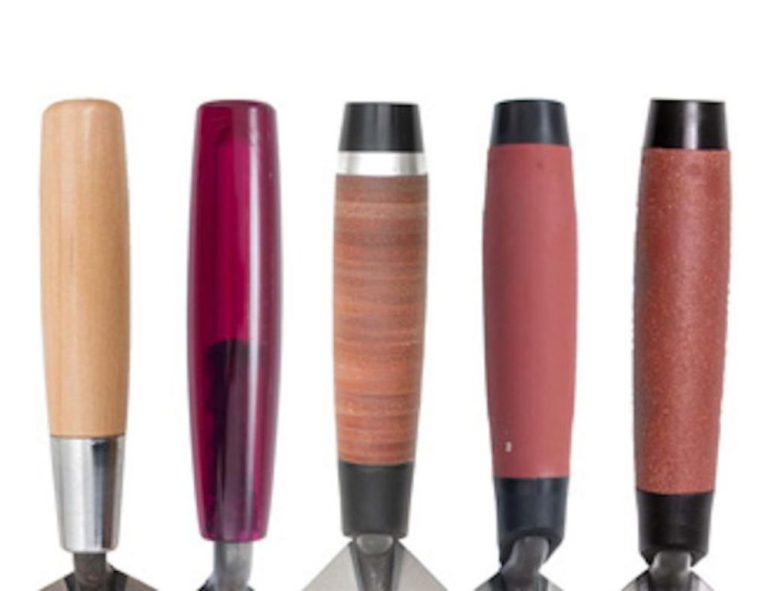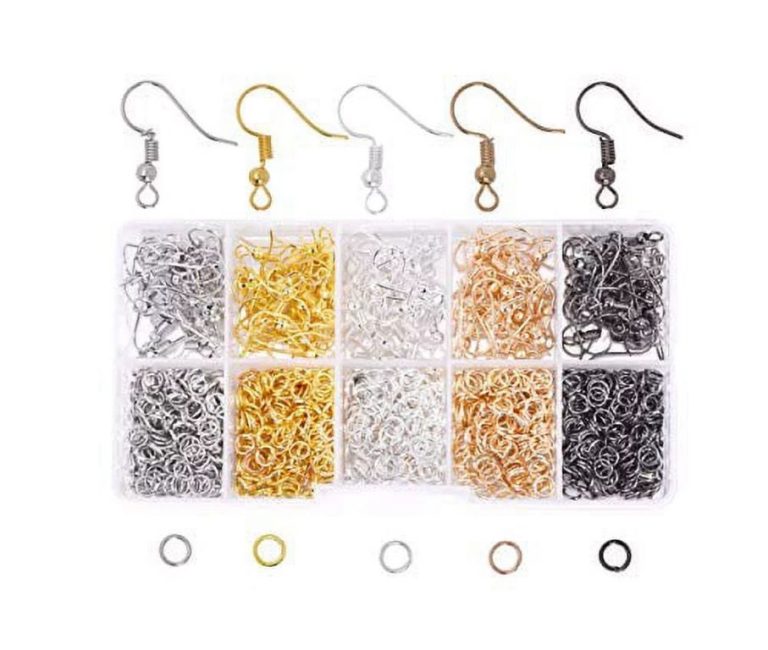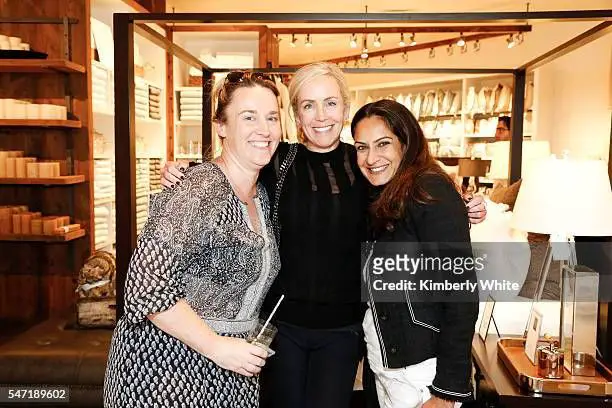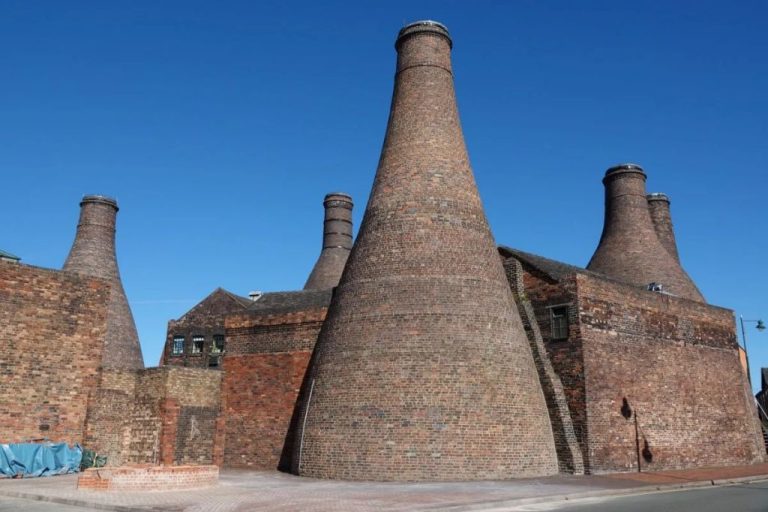Clay Art Inspiration: Ideas For Crafting Beautiful Creations
Clay art has become an increasingly popular creative medium in recent years. From sculpting to jewelry making, working with clay allows artists to craft beautiful and unique works of art. The tactile nature of clay makes the artistic process hands-on and meditative. Clay is an accessible medium that can be shaped, textured, painted, and fired to create stunning finished pieces. It’s a versatile material that allows for both freeform sculpting as well as precise molding and casting techniques. Clay art can be decorative or functional, taking the form of sculpture, pottery, tiles, and more. As interest grows, clay art provides an inspiring creative outlet for both professional and amateur artists.
Clay’s popularity has steadily risen in recent years, in part fueled by the increasing availability of instructional resources online, based on “The Growing Popularity Of Clay Art“. Social media has allowed clay artists to share their creations and processes with growing audiences. The tactile satisfaction and meditative benefits of working with clay has resonated with creators and collectors alike. Today clay art has truly cemented itself as an exciting and inspiring medium.
Types of Clay
There are several types of clay that are commonly used for art and craft projects. Three of the most popular options include:
Polymer Clay
Polymer clay is an extremely versatile material that comes in a variety of colors and finishes. It can be shaped, sculpted, molded, and carved when raw. Once baked in a regular oven, it hardens into a durable plastic-like material. Popular brands of polymer clay include Sculpey and Fimo. According to Crafts Clay, polymer clay is great for detailed sculptures, jewelry, and decorative pieces.
Air-Dry Clay
Air-dry clay is water-based and dries naturally at room temperature. It’s soft and easy to work with, making it great for kids’ projects and crafts. Air-dry clay can be painted once fully dried and hardens into a material similar to terra cotta. Common brands are Crayola Model Magic and Activa Air-Dry Clay.
Modeling Clay
Modeling clay, including clays like plastilina and plasticine, maintain their flexibility even when dry. It never hardens fully, allowing artists to continually reshape a piece as desired. Oil and wax-based clays are popular modeling clays. These clays are great for prototyping sculptures, practicing figure drawing, and crafting temporary pieces.
Clay Sculpting
Clay sculpting is a creative and rewarding artistic technique with a long history. Sculpting with clay allows artists to shape and form their visual ideas into 3D artworks. There are several clay sculpting methods that artists use depending on the desired outcome.
Clay sculpting typically starts with an armature or frame made from wire, wood, or other materials to support the clay. The armature provides structure and stability for a standing sculpture. For busts and figures, artists may sculpt over a posable mannequin. Once the armature is built, clay is added and shaped by hand.
Some common sculpting techniques include:
- Pinching – Pinching small amounts of clay to gradually build up forms
- Coiling – Rolling and coiling “snakes” of clay then smoothing them together
- Carving – Sculpting by cutting away excess clay
- Modeling – Shaping forms by smoothing, flattening, and indenting the clay surface
In addition to their hands, sculptors use metal sculpting tools like loop tools, rib tools, wooden modeling sticks, and wire tools to refine details and textures. Sponges, water, wooden ribs, and rasps help smooth and blend clay surfaces.
Clay sculpting allows for tremendous creative expression. With practice and imagination, clay can be shaped into detailed figures, abstract forms, decorative objects, and anything the artist envisions.
Handbuilding
Handbuilding is a technique for creating clay sculptures without the use of a pottery wheel. There are several handbuilding methods that allow artists to shape clay into unique forms and designs.
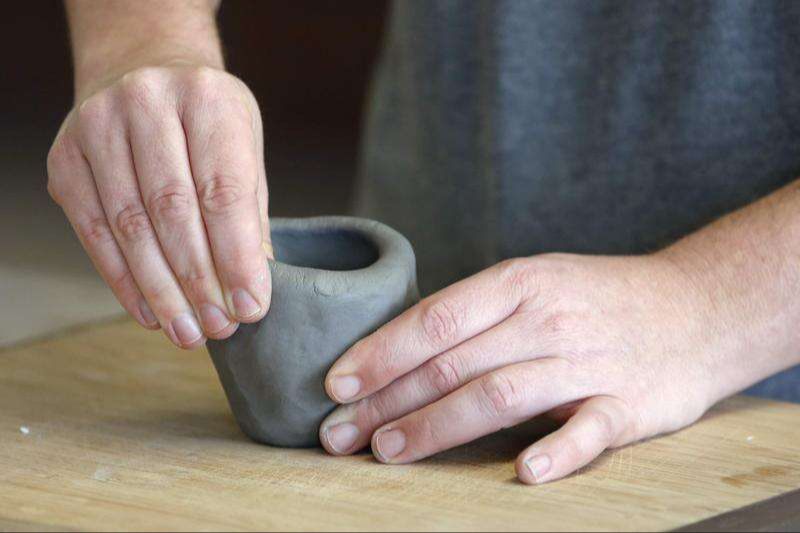
One common handbuilding technique is pinch pots. To make a pinch pot, start by kneading a ball of clay until it is soft and pliable. Then use your fingers and thumbs to pinch and pull the clay upward from the center while rotating it. This will form the clay into a basic pot shape with walls of even thickness.“Pinch Pot Tulip Garden Stake” Live with Amy Zander June 1st …
Another handbuilding approach is coil building. For this method, roll out “snakes” or coils of clay. Apply slip (liquid clay) to the coils to help them adhere and stack or attach the coils to build up your clay form. Coiling allows for intricate shapes and patterns.
Slab building involves rolling out flat, even pieces of clay that can then be cut, shaped, and joined. Clay artists may use slab building to create free-standing sculptures, wall art reliefs, functional vessels, and more. Texture can be added to slabs using stamps, carving tools, or other techniques.
Handbuilding provides artists full creative control over their clay work. Pinch pots, coils, and slabs can be combined within one piece. Finished sculptures may be left natural or painted with underglazes before firing.
Molding and Casting
Molding and casting with clay allows you to create multiples of a design or reproduce intricate shapes. There are several techniques for molding and casting clay:
Making Molds
To make a mold, first create your original clay sculpture. Make sure the sculpture is made from a sturdy clay that won’t deform when molding. Apply a mold release spray or oil to the surface. Then surround the sculpture in mold material like plaster or silicon rubber. Let the mold fully set up before carefully removing the original. You’ll now have a negative cavity you can use to cast clay copies.
Slip Casting
Slip casting involves pouring liquid clay called slip into a plaster mold. The porous plaster absorbs water from the slip, forming a layer of clay on the mold surface. Once the layer reaches the desired thickness, pour out any excess slip. Let the clay dry partially before removing it from the mold. The slip casting method allows efficient duplication and intricate detailing.
Clay Painting
Painting clay opens up endless creative possibilities. There are several types of paints and glazes that can be used to add color and effects to clay artwork.
Underglazes are non-toxic water-based paints that are applied to unfired clay. They come in a wide range of bright colors and produce a matte finish. Underglazes are a great way to hand-paint details and patterns onto clay. Once fired, an additional clear glaze is applied to make the colors glossy and permanent.(source)
Glazes provide a glass-like coating over fired clay that can create shiny, glossy, or matte surfaces. Glazes come in endless colors and effects like crackle, metallic, and iridescent glazes. They can be brushed or poured directly onto bisqueware clay pieces. When fired, the glaze melts and fuses permanently to the clay body.(source)
Stains are heavily concentrated colorants that produce bold, vibrant colors on clay. They work differently than underglazes or glazes by chemically bonding with the clay body during firing. This allows the pigment to penetrate the surface for an intense saturated effect.(source)
Firing and Finishing
Firing clay in a kiln is an essential step for finishing clay artwork and making the items durable for use. When clay is fired at high temperatures (over 600°F), it undergoes physical and chemical changes that vitrify and harden the clay. The higher the firing temperature, the more durable the finished piece will be.
There are several popular types of firings done in ceramic kilns: bisque firing, glaze firing, raku firing, and saggar firing. Bisque firing is typically done from 1600-2200°F and prepares the clay for glazing. Glaze firing from 1800-2400°F fuses the glaze to the clay body. Raku firing around 1800°F produces unique crackled glazes. Saggar firing uses a container to control effects on the clay.
Cold finishing techniques can also be used on unfired clay. These include smoothing, burnishing, painting, staining, sanding, and polishing the surface. Cold finishing allows the artist to apply colorful finishes without needing a kiln.
Proper firing and finishing makes clay art strong, durable, and ready for display. The finishing process allows the artist to add beautiful colors, textures, and visual effects to their clay creations. With so many options, firing and finishing unlock the full creative potential of clay. (Mt Kenya University)
Clay Jewelry
Clay jewelry is a fun and creative way to make unique accessories. Polymer clay is commonly used for jewelry making because it can be baked to harden and create durable pieces. There are various techniques for crafting beautiful clay jewelry:
Caning involves flattening different colors of clay into thin sheets, stacking them, and cutting out cane slices to use for beads or other elements. Mokume gane also uses stacked layers of clay but folds and patterns the layers to achieve a woodgrain effect 1.
Clay Home Decor
Clay is a versatile material that can be used to create beautiful, functional pieces of home decor. From vases to dishes to wall art, clay offers endless possibilities for adding artistry and craftsmanship to any space.
Vases
Handcrafted clay vases make wonderful additions to any home. They can be sculpted in numerous shapes, sizes, and styles to suit your aesthetic. Try sculpting organic, asymmetrical vases for a natural element, or geometric vases for a modern look. Experiment with texture by adding ribbing, ruffles, or other decorative elements. Vases are also a great canvas for painting and glazing techniques to make them true works of art.
Dishes
In addition to being visually appealing, handmade clay dishes can also be fully functional. Craft dishes like plates, bowls, mugs, and more. Play with unique shapes like waves, facets, speckles, and craters. Or emulate classic styles like color blocking with bright glazes. Etch patterns or words into the clay for added flair. Clay dishes bring handmade charm to everyday dining and make excellent gifts.
Wall Art
Hang custom clay wall art to add a personal touch to your home. Sculpt wall hangings, sconces, plaques, and dimensional artworks. Make functional pieces like shelves or picture frames. Add whimsical clay flowers, fruits, or animals for a playful accent. The finishing possibilities are endless too – from metallic luster glazes to materials like wood or metal embedded into the clay. Let your creativity shine by designing an artistic focal point.
Inspiring Clay Artists
Clay art has been around for thousands of years, with examples found in ancient cultures across the world. Over time, many artists have emerged who are masters of sculpting beautiful creations out of clay. Examining the work of famous clay artists can provide inspiration for crafters and artists today.
One of the most celebrated ceramic artists is Bernard Leach (1887-1979), considered the father of British studio pottery https://artfilemagazine.com/famous-ceramic-artists/. He helped popularize simple, functional stoneware inspired by Japanese and Chinese folk crafts. His work emphasized elegantly simple forms and earthy glazes.
Peter Voulkos (1924-2002) was an American ceramic sculptor known for his abstract expressionist clay works. He pushed the boundaries of traditional pottery, creasting massive, rough-hewn pieces that embraced spontaneity and improvisation. Voulkos demonstrated the emotion and freedom that could be achieved with clay.
Viola Frey (1933-2004) was an American sculptor known for her larger-than-life ceramic figures, often depicting ordinary people engaged in everyday activities. Her highly detailed, brightly colored sculptures provided a contemporary perspective to the traditional medium of clay.
Other famous ceramic artists recognized today include Ruth Duckworth, Shoji Hamada, Marguerite Wildenhain, Lucie Rie, and Jun Kaneko. Studying the diverse works of these clay masters can ignite creativity and inspire new perspectives on working with this versatile medium.

